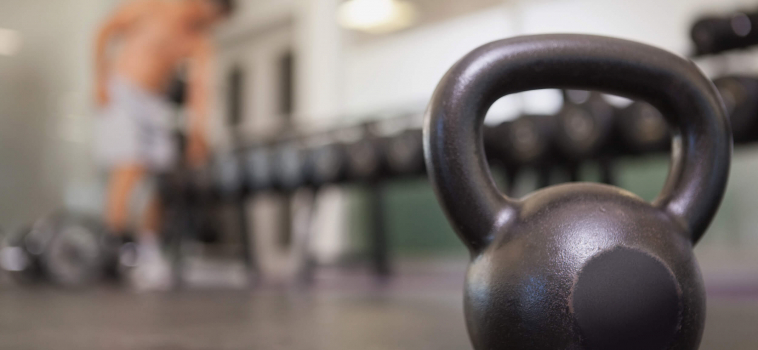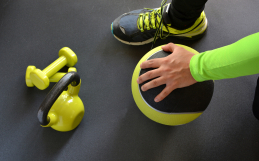Strongman as a performance tradition hasn’t been regularly practiced for almost a hundred years. Old time strongmen (as opposed to modern strongmen, who are the monsters you see on ESPN pulling trains and carrying cars) still exist, but the culture is more of an ‘underground’ strength tradition, a sub-culture.
Back in the day, strongmen were celebrities – weightlifting competitions in music-halls were reported in the newspapers, and performances were regularly sold out in much the same manner as successful Broadway shows are today. Frequently, multiple people claimed to be the undefeated weight-lifting champion of the world, and they held ‘show-downs’ in public. It was like a rap battle with weights.
They had many feats of strength – lifting barrels, anvils, and specialty dumbbells, for instance. But a large amount of the tricks involved people. These days you’d have to go to a magic show to be pulled out of the audience (and then told to pick a card, any card). But at a show with Arthur Saxon or Eugen Sandow, you’d probably be grabbed by the belt and hoisted overhead with one hand using the bent press.
This was the most recognizable lift a strongman could perform, where you raise a weight from your shoulder to overhead with one hand. But not by pressing the weight up, by lowering yourself under the weight. You can use any implement you like, a barbell, a dumbbell, a kettlebell… or a person.
Because strongman was a performance tradition, this lift, which you almost never see today was regarded as the best and most productive thing to practice. Why? Because it was the way to lift the most amount of weight possible with one hand – it was the ‘strongest’. Nothing else even comes close.
A big ‘circus’ dumbbell today weighs from 200 to 300lbs and enormous modern strongmen who are 6’6 or bigger will press it overhead for a few repetitions.
Now consider that Arthur Saxon’s bent press record was 370lbs and he was only 5’10.
Obviously, the bent press isn’t as popular today (as in, most people haven’t even heard of it, let alone seen on performed). So, what can it teach us?
It Prioritizes Movement Over Muscles
The bent press requires you to precisely apply leverage. The ‘point’ is not working the muscles involved in the chain. Forget completely about your deltoids or your biceps. The ‘point’ is neatly and efficiently raising as much weight as possible. That’s the whole game. Everything works as a unit.
It Requires Your Joints to Work Correctly
A bent press means you bend at the knees, hips, thoracic spine, elbow and shoulder.
If that just sounds like ‘everything’s working’ then you’d be right!
And if anything doesn’t have the correct mobility, or the correct range of motion, you’ll learn about it! Any restrictions mean the movement quickly becomes impossible.
It Teaches You Patience Under Load
A bent press takes several seconds, which means it’s slower than almost everything else you’d ever do in a gym. It’s not just muscular movement, it’s a balancing act. It makes you supremely aware where everything in your body ‘sits.’ And you are acutely aware that you are corkscrewing your body under a weight that’s sitting right over your head as you twist yourself slowly downwards.
It’s Self-Limiting, So You Learn To Work At Your Limit
If your form is correct, it’s very hard to hurt yourself doing a bent press. I know, it looks dangerous. But it isn’t. Any time the weight isn’t sitting right, you can just throw it away by moving your body away from it – you can ‘walk away’. This means you can, like the old-time strongmen, use a large amount of weight and not worry about getting hurt.
In other words, by modern standards this is an unusual lift – but one with some interesting and valuable lessons.





